Registration
Australia: Thinking outside the box
Given the current macro environment, and that different infrastructure assets are more exposed than others to inflationary pressures, rate rises, labour shortages, supply-chain issues, and consumer spending trends, investors will be strongly considering where to invest and how to protect their portfolio. As valuations for high-quality infrastructure assets continue to climb, investors are also increasingly trying to find additional “value added” opportunities to drive greater returns throughout the asset hold period, and to determine whether more risk needs to be taken to meet the Your Future, Your Super benchmark and find deal flow. The past 12 months have demonstrated a continued demand for quality infrastructure assets. We have seen several large, listed assets being taken off the ASX, a series of Telco Towers deals, and there have been transactions in healthcare. In this session, a panel of leading domestic investors will discuss how to manage and grow a portfolio for success in challenging times.
- How do you see the inflationary environment impacting infrastructure investments?
- How is the need for value creation being managed with assets that require a hands-on operational approach?
- What is the new frontier of “core plus”?
- How do you access sustainability loans, and what is required?
- What sectors are gaining the most traction in terms of infrastructure investment?
Networking break
Global outlook: Conviction in uncertain times
The global economy faces diverse and complex challenges. However, the infrastructure asset class offers inflation protection, defensiveness, high yield, and exposure to structural growth drivers, all of which should be attractive to investors in 2023. Secular trends such as digitalisation and decarbonisation will continue to drive the need for new investments. That said, macro conditions have worsened significantly. Investors can no longer count on cheap credit to boost investment returns, and 2023 could potentially be a tough year for fundraising as LPs retract due to weak public markets and budgeting issues. One thing is for certain, more reflection and rigor are needed in investment and asset management strategies to deliver positive outcomes.
- How are investors measuring different types of risk, and which geographies, sectors, and strategies are positioned to thrive amidst the geopolitical adversity?
- How is policymaking currently shaping the infrastructure investment market?
- Why are infrastructure valuations staying higher than anticipated, and will it remain this way?
- Where are exits and liquidity likely to be found?
- How do you effectively manage data and technology for ESG integration and reporting?
Focus on renewables: Winning the race for decarbonisation
2020 was a watershed year as bipartisan support saw improved emission reduction targets for Australia, namely a 43% cut in 2005 levels by 2030 and net-zero emissions by 2050, thereby creating a massive need for investment in the renewable energy space. However, issues relating to storage, firming capacity, grid access, and PPAs remain unresolved, as does the continuing disconnect between the brownfield and greenfield markets, with the cost of construction, skills shortage, and the cost of capital weighing heavily on investors’ minds. For those not afraid to invest in businesses that have an emissions profile, decarbonising coal-related infrastructure is a viable option. In this session, a panel of renewable energy investors will go beyond the headlines to tackle a range of tough questions to find the right deals that will deliver consistent returns.
- Which part of the renewables sector are investors bidding on to deliver consistent returns?
- What is the outlook for storage technologies and grid reliability for renewables?
- How do you navigate the issues when transitioning from a coal plant to a clean energy source?
- Are greenfield projects the only viable option, or are investors still looking at brownfield projects?
- What needs to change to minimise the risks of investing in long-term renewable projects?
Networking Lunch
2023 and beyond: Infrastructure of the future
The events of the past year have impacted the way people live, work, travel, shop, and communicate. Figuring out the extent of this paradigm shift and where temporary changes become ingrained habits are essential to fashioning investment theses. For private market investors, finding an angle to broaden the scope of the asset class and locate infrastructure-like characteristics to participate in sectors that are experiencing unprecedented growth has enabled a flurry of deals and new projects in telecom towers, data centres, fibre-optic networks, land and motor registries, healthcare and screening services, social housing, and other sectors ripe for savvy fund managers. In this discussion, a panel of industry experts will review the opportunities.
- Which sectors have the best prospects for capturing growth?
- Has digital transformation changed the definition of infrastructure?
- How do you measure the long-term risk and return profile?
- What skills are required to manage these assets?
- What will prove the biggest influence on the changing definition of infrastructure in the next five years?
- How are investors approaching the social housing opportunity?
Networking break
Solving the construction conundrum: Collaborating to find a winning formula
Traditionally, a new infrastructure project would be a design and construct contract, where the government finances the whole project, but builders sign fixed price contracts to deliver it. However, the contractual inflexibility of D&C and PPP deals have often led to litigation when costs skyrocket due to unforeseen risks and usually a refinancing of the project mid-construction. This is now even more likely given that the rapid inflation and interest rate rises, labour shortage, and increasing material costs have caused numerous small and large builders to struggle with significant losses. However, reforms are starting to be brought in to address the need to collaborate in real-time in terms of project risk management, such as allowing the risk responsibilities to shift among the various parties as circumstances change during a project. In light of a number of high-profile cases, it has been recognised that an urgent transformation is needed of how projects are procured, delivered, and governed in Australia. Furthermore, a closer look must be taken at the role that the Federal Government can play.
- How are contractors dealing with inflation and transport disruptions?
- Are the COVID-19 and war-related pressures that created the supply-chain crunch easing?
- How do you drive flexibility and genuine collaboration?
- How should risk be allocated and shared?
- What reforms are in place, and how is the government planning to change the model further?
LP spotlight: Staying the course
LPs investing in infrastructure are faced with a range of challenges as they brace for a downturn and decide how best to act. Budget constraints after a wave of re-ups, valuation concerns, Your Future, Your Super benchmarking, and macro-issues cascading down to geographic and sector worries – all of this means that LPs must be deliberate in how and when to allocate to be defensive but flexible to find the best opportunities that fit the infrastructure bucket. In this panel, with ESG and impact considerations also taking centre stage for many LPs, a group of experienced investors will share how they are looking to the future at a time when knowing where and how to invest – via a pooled fund or direct – and identifying the sectors and geographies that can deliver growth are critical to delivering strong returns.
- How is an increasing inflation and interest rate environment changing the way you invest return expectations?
- How has Your Future, Your Super impacted investment decisions?
- Which geographies, fund types, and GP relationships are LPs seeking?
- What are the challenges associated with measurement and monitoring in ESG?
- How do you think about the role that listed infrastructure can play in your portfolios?
Close of conference
Confirm cancellation
An error occurred trying to play the stream. Please reload the page and try again.
CloseSign-up to join the ION Analytics Community to:
- Register for events
- Access market insights
- Download reports




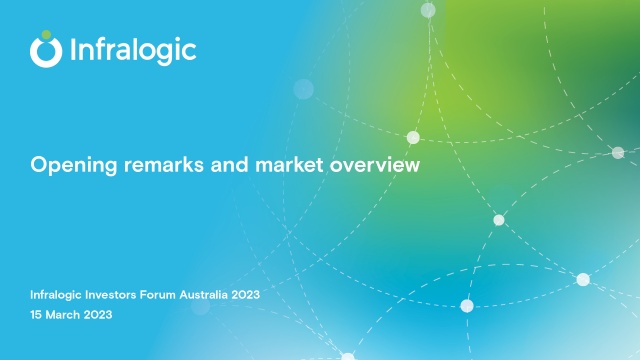 play_arrow
play_arrow

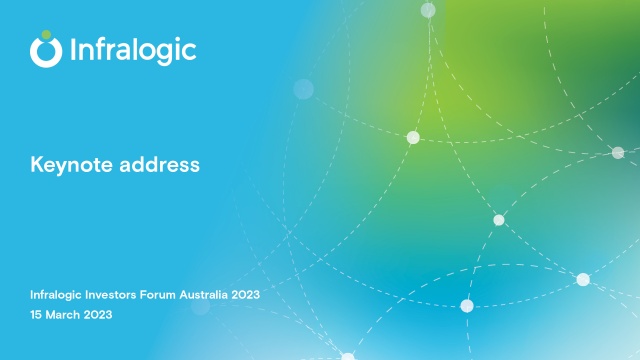 play_arrow
play_arrow





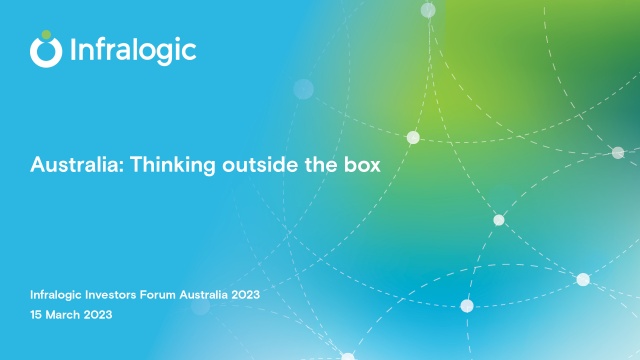 play_arrow
play_arrow






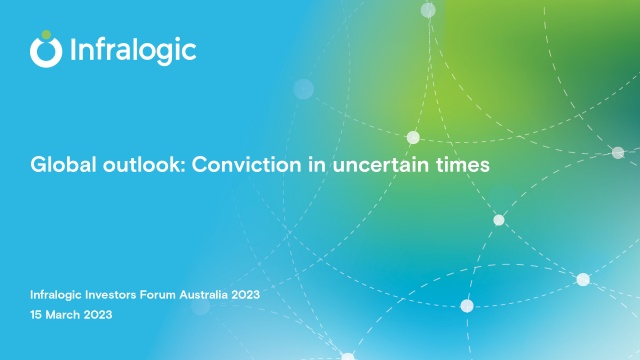 play_arrow
play_arrow





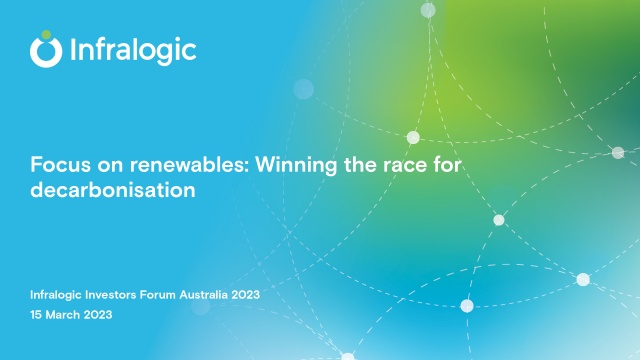 play_arrow
play_arrow
 play_arrow
play_arrow





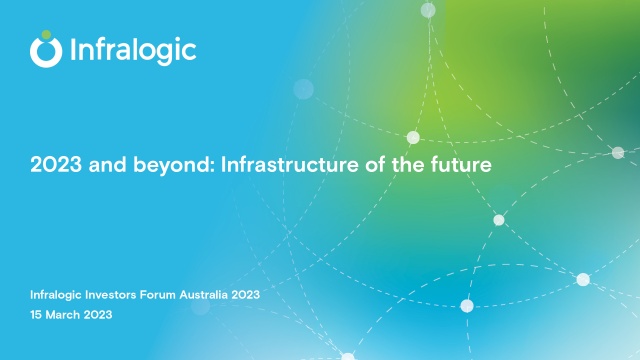 play_arrow
play_arrow

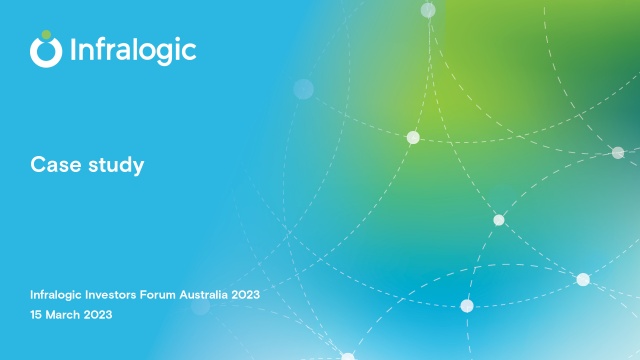 play_arrow
play_arrow





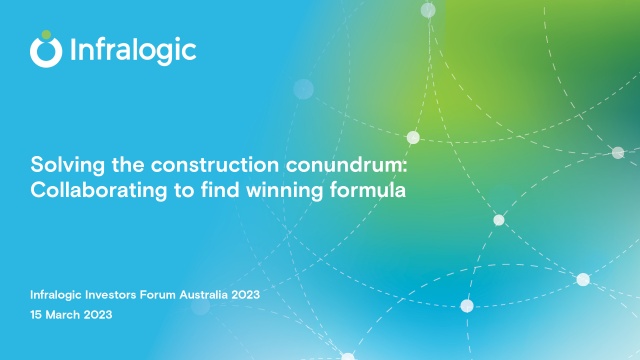 play_arrow
play_arrow





 play_arrow
play_arrow































